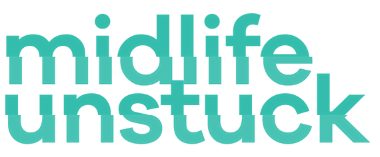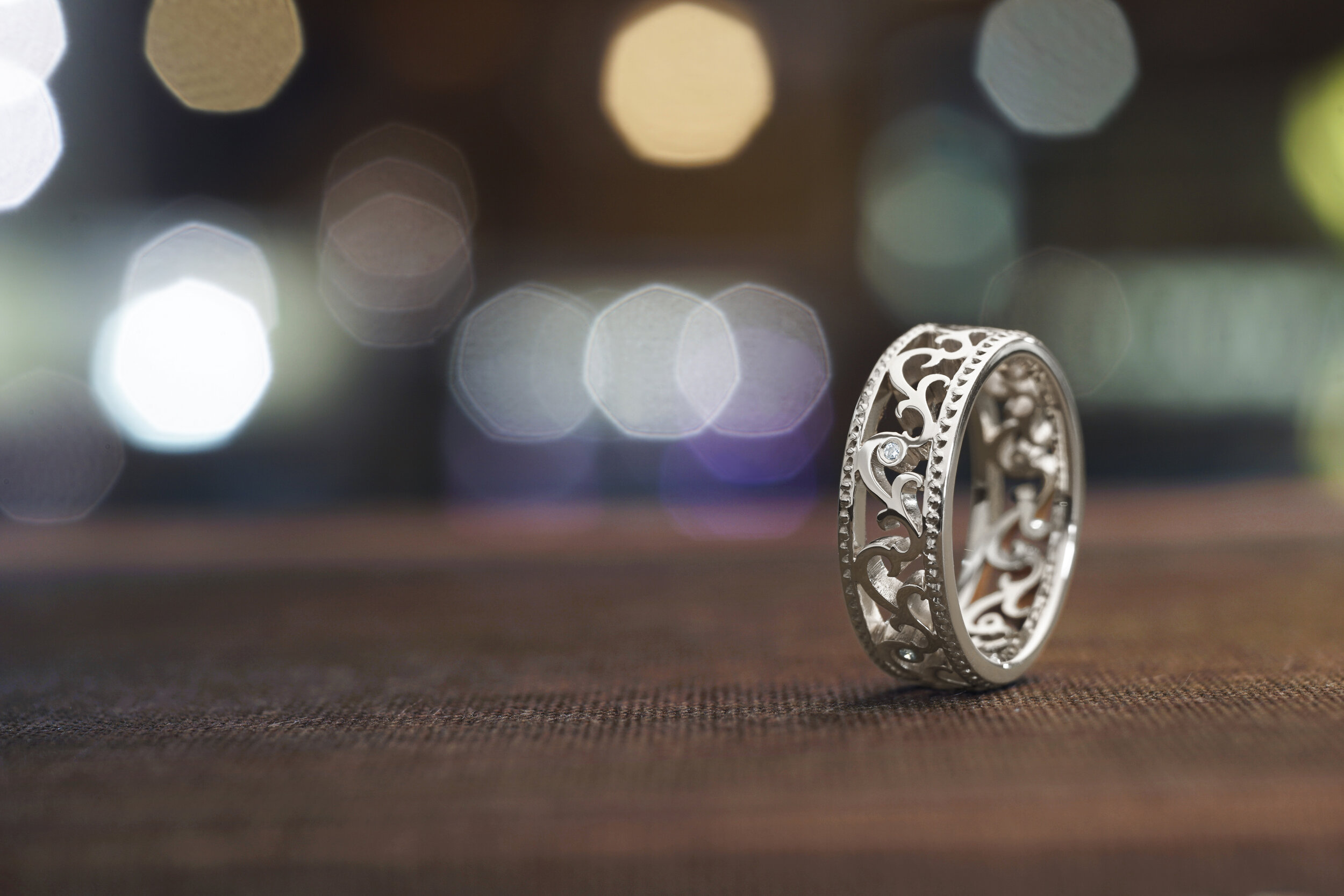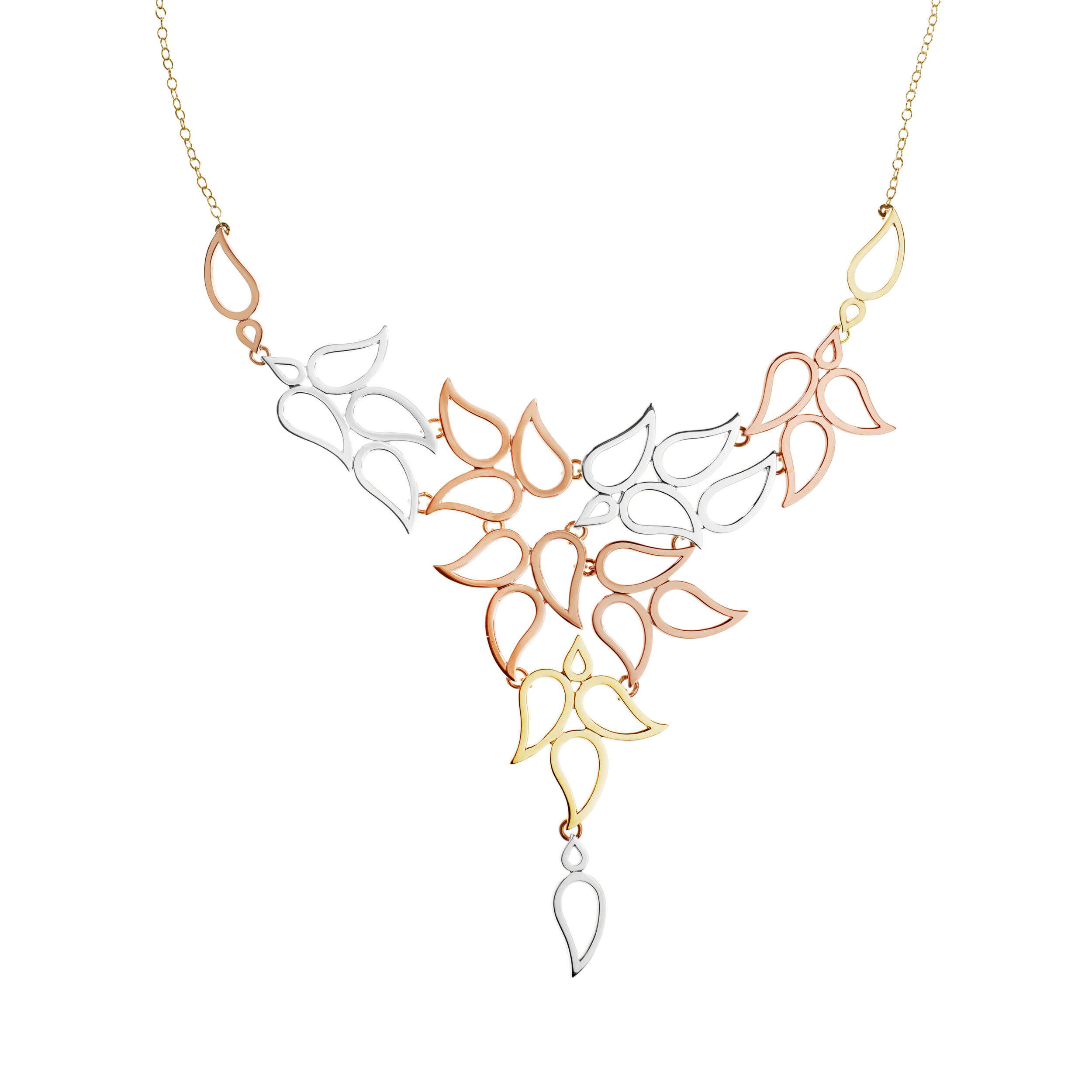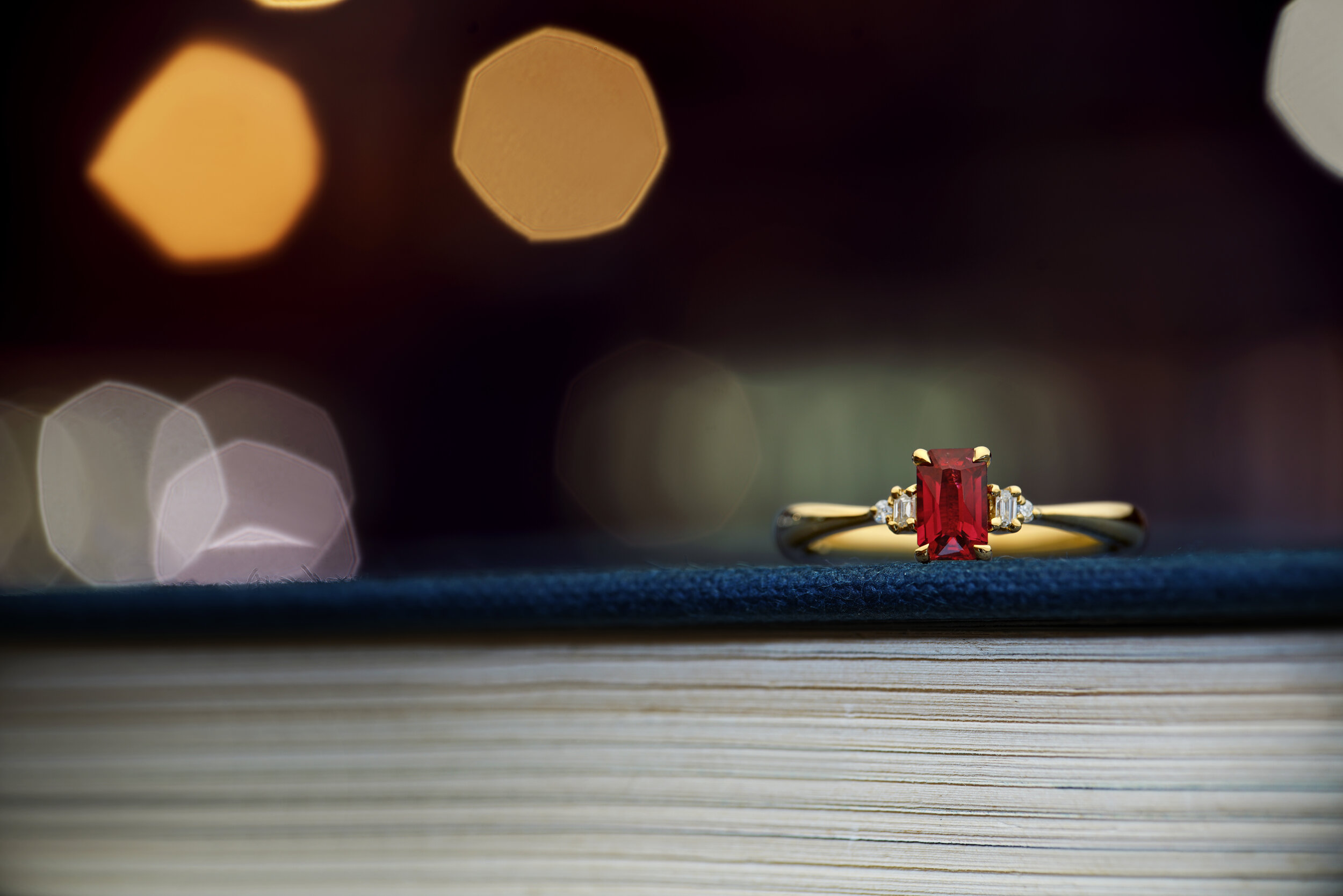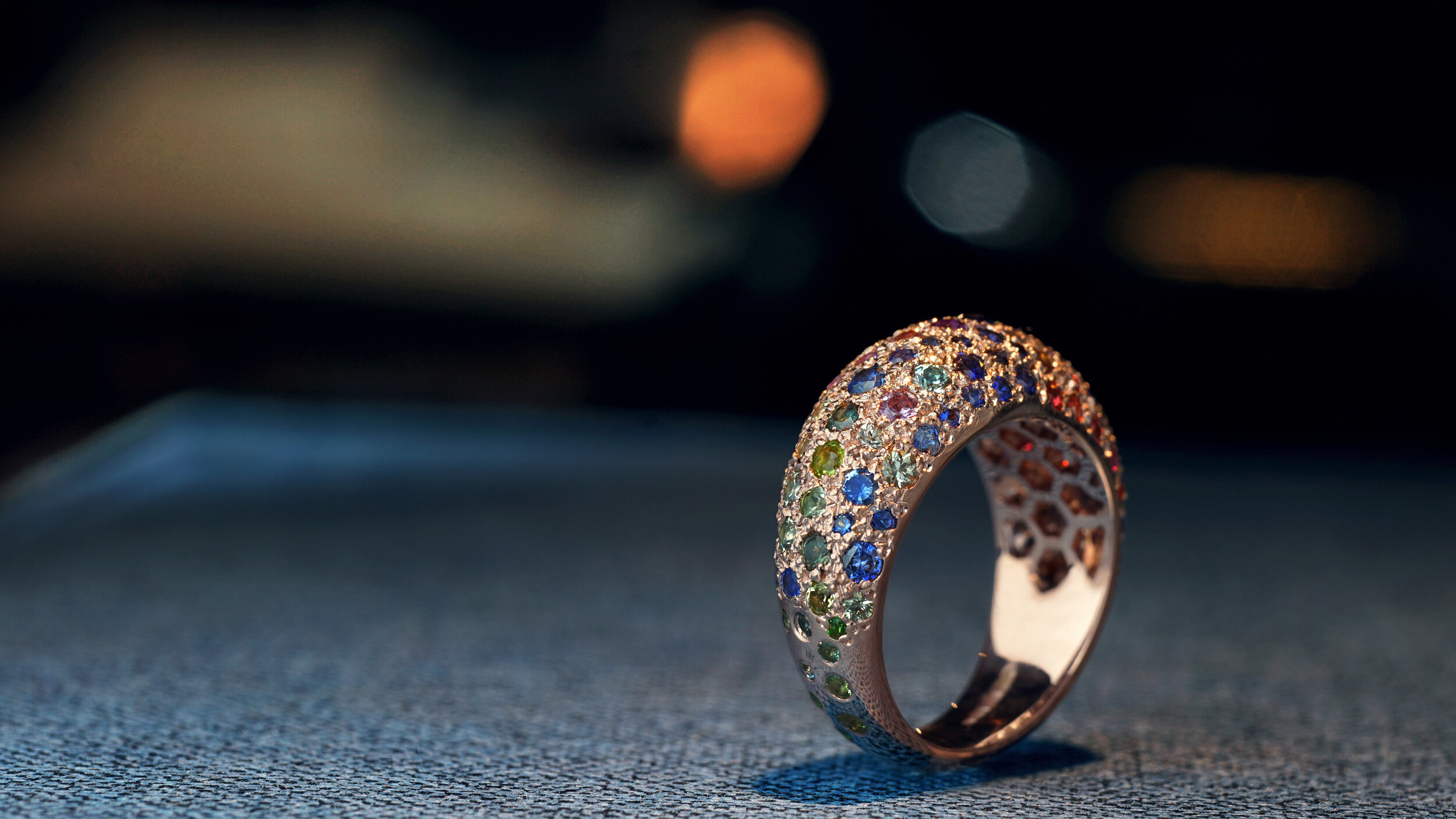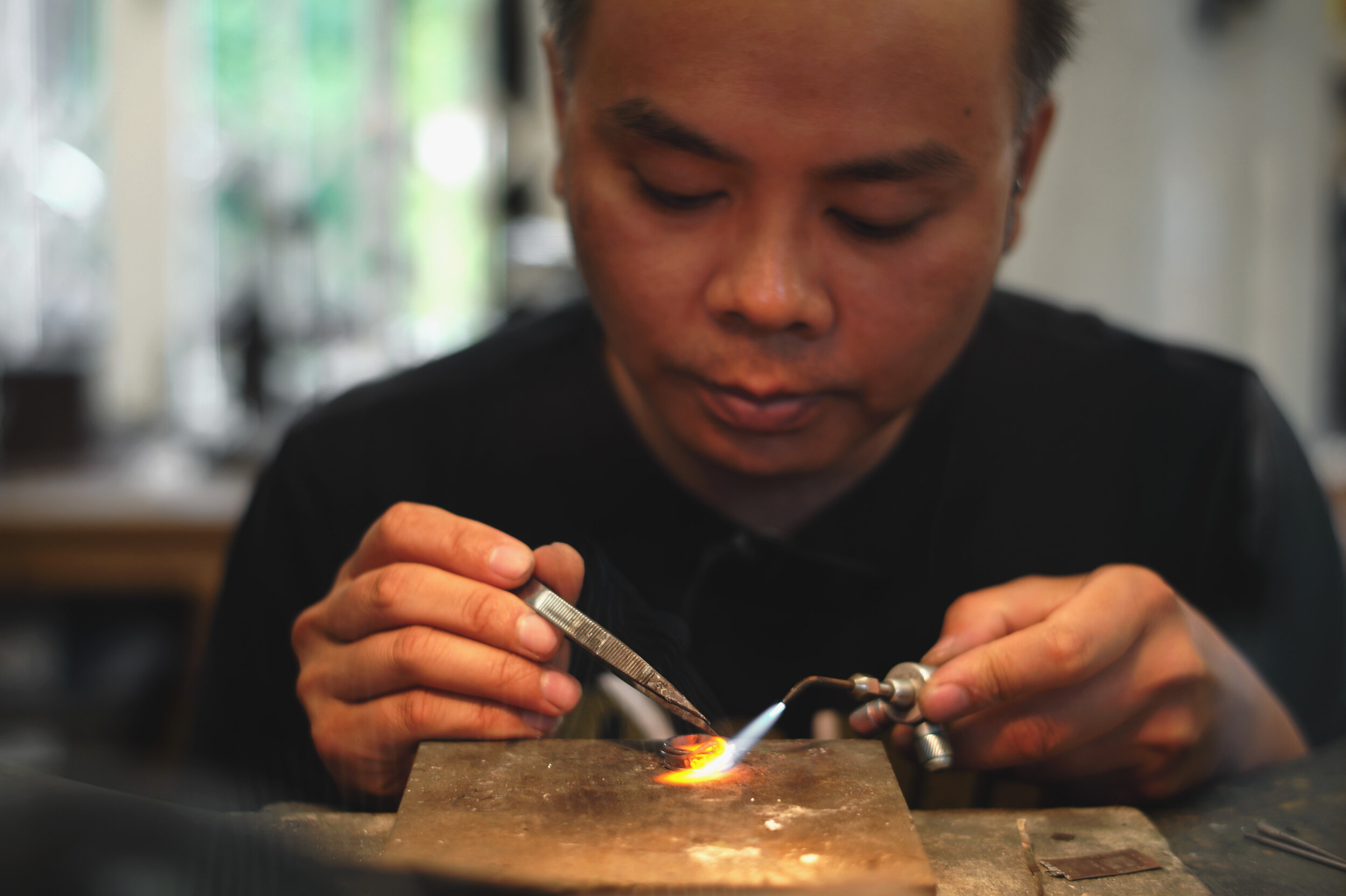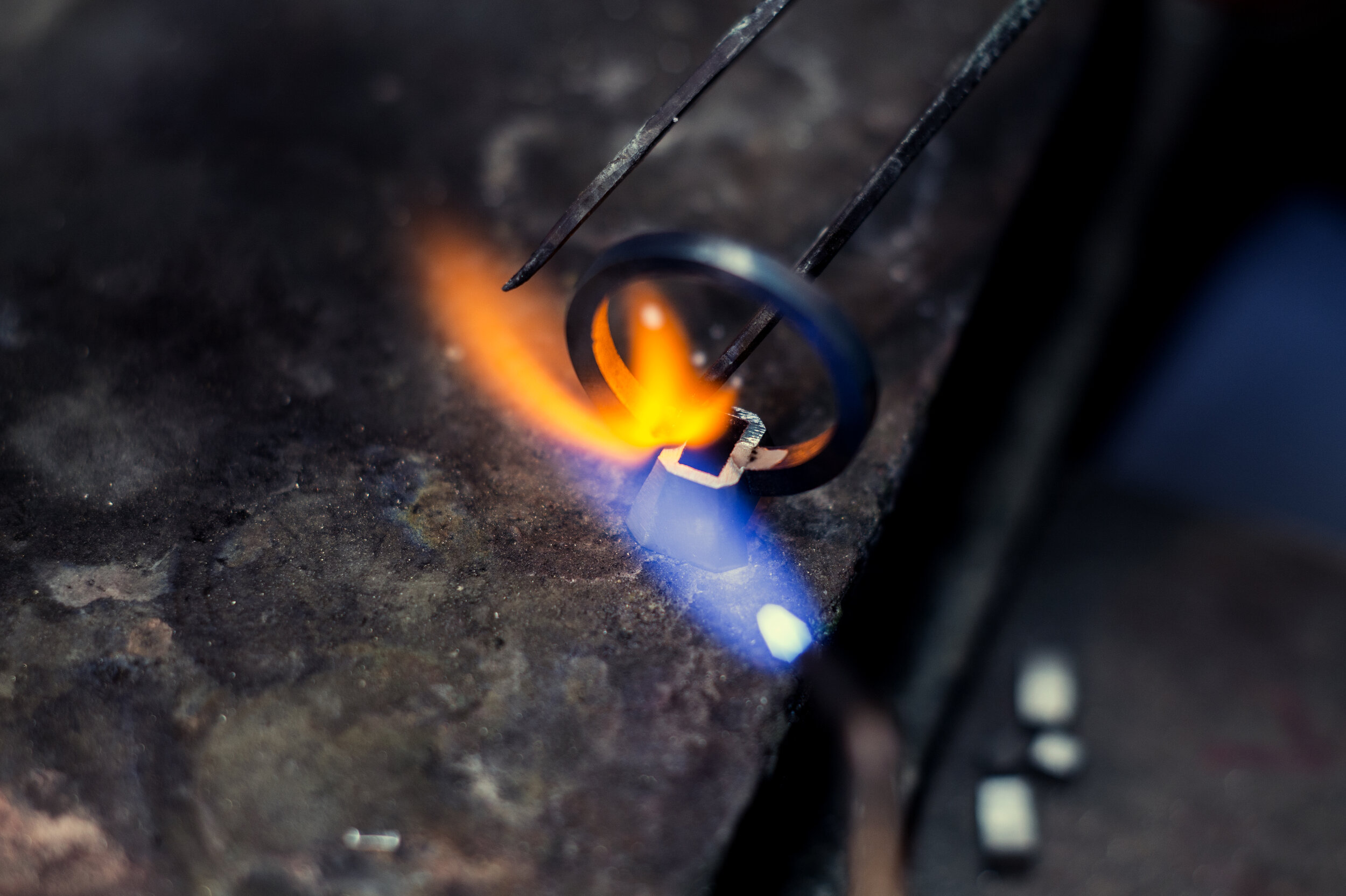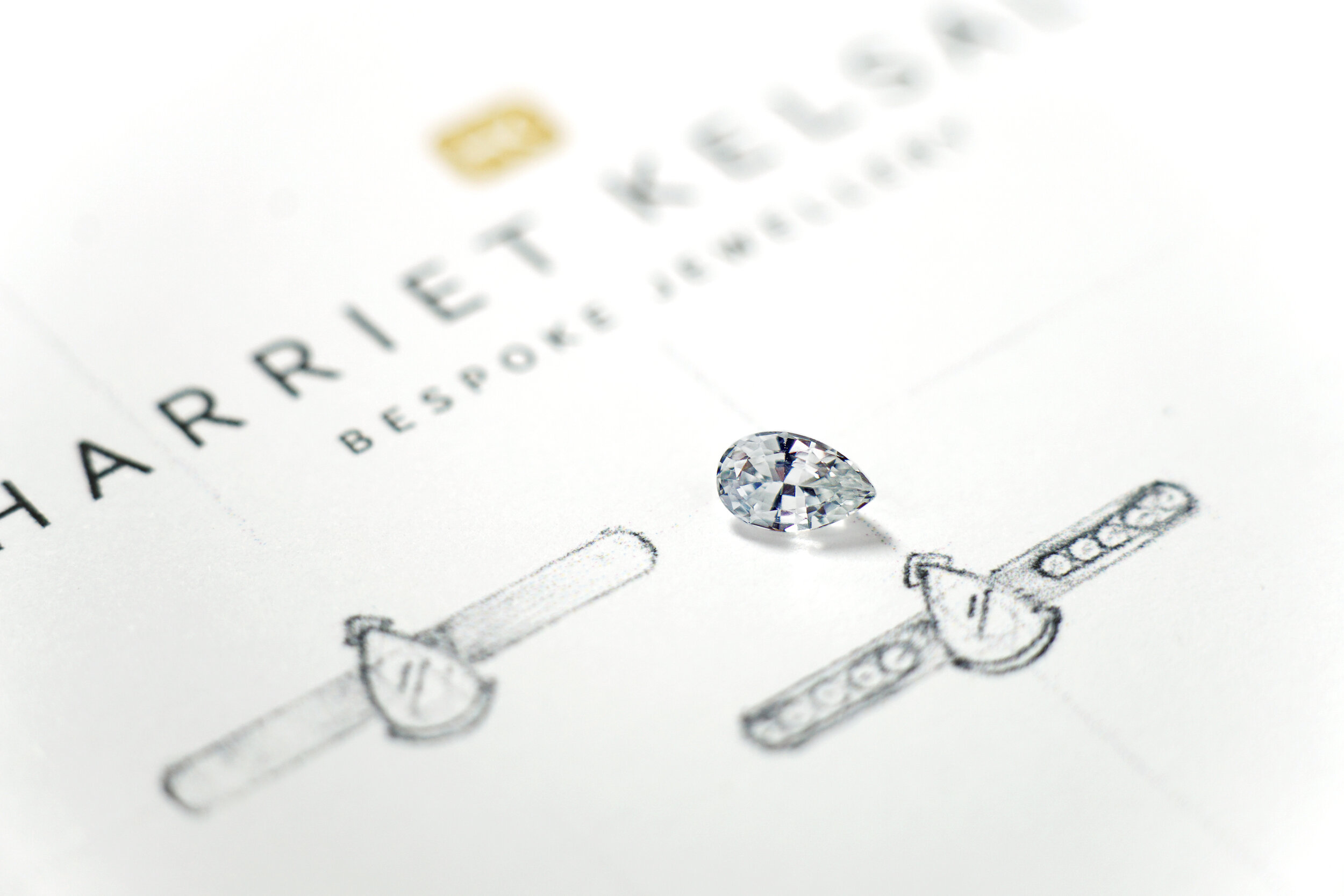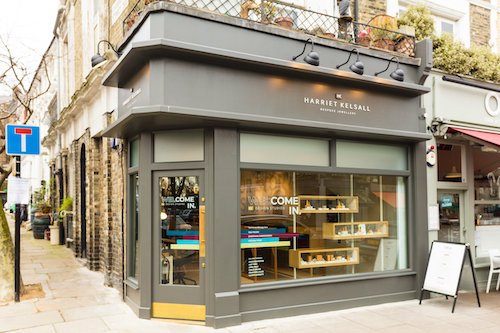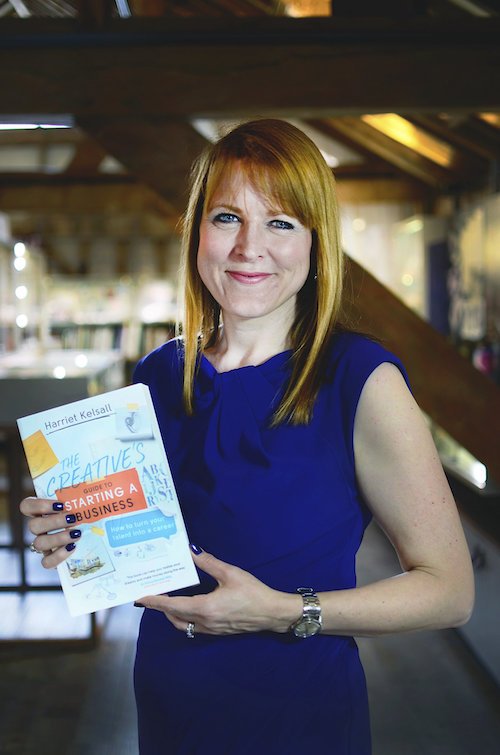Harriet Kelsall From Engineering Manager to Bespoke Jeweller / Author / Non Executive Director
It’s necessary to decide for yourself what success means to you, not your partner’s definition or your parent’s definition. That is key.
It’s no-one else’s job to train you!
I was diagnosed with dyslexia around 27/28 and I now see it as an advantage.
Overview of earlier career.
I studied Industrial Design (BSc) at university and then went into the computer industry wanting to design user-interfaces. I did well and ended up as the Engineering Manager of Tektronix UK – it was a big job but I was missing my creativity.
Harriet Kelsall - Engineering Manager to Bespoke Jeweller - to Author - to Non-executive Director
The trigger for change?
I was managing quite a big team of software programmers who were lovely people but it was quite stressy and I didn’t feel creative.
I’d always made jewellery in my spare time as a hobby (my dad was a hobby jeweller and had taught me). I used to make silver rings for myself and a few gold pieces too.
I decided to start designing and making things for friends at work just for fun and a bit of extra cash.
Back then you couldn’t get jewellery designed and made for you – you just had to buy what was in the shops, unless you happened to know a ‘bloke with a workbench’ type of jobber jeweller who might make exactly what you specify (but without any design input).
So, I wondered if there was a gap in the market for people who wanted something properly designed and made to suit them, their ideas, style and practical needs.
One day I had a look and I had a list of over 30 people who wanted me to make jewellery for them but I didn’t know many of them – they were friends of friends. So, I just thought – “I think I can do this”.
I’d just got married at 27 and we moved out of London and had a small spare room. I had the feeling that if I didn’t do it then, I never would. I took the plunge.
First steps
I saw this very real gap in the market for jewellery made to suit the wearer’s style, personality and budget. This was not being done anywhere at the time.
This is important and a point that I come back to both in my tips and in my book, again and again. I pinched the word ‘bespoke’ from the tailoring industry - my grandmother had been a tailor.
I worried that the previously-unused phrase ‘bespoke jewellery’ might sound a bit pretentious. But it stuck and has certainly caught on now, over 20 years later.
I made everything myself at my basic work bench that I had made from a junk shop table in my spare room with my 2 house rabbits running round at my feet. My new life had begun.
I spent a lot of time at my jewellery bench, running up to London for materials and getting new customers by marketing the business by trying to get into local papers.
What Harriet learned
Lots of creatives think that they can just make their jewellery in their own style and because their friends say it is nice, they assume it will sell.
When they are just selling some pieces for pocket money as a sideline, they can afford to sell at low prices. Most creatives doing this just take their costs and double them or similar. These very low prices might make them think that they have a good market for their work.
But actually, when they go into full-time business, they’ll have to pay their rent and bills out of those same prices, so they will have to go up. Even if they manage to sell more pieces once they are running a business full-time, the prices might have to go up to a point where customers won’t pay those prices any more – the are unsustainable.
So, creatives need to make sure that they understand pricing properly even when they are just trying things out in their spare time (there is a lot more information about pricing in my book). I didn’t make this mistake happily!
A lot of other creatives think that making things in their own style will be enough and they come to me saying “I just need help with how to market it”.
This is totally backwards thinking and will never work.
What they should do is look at the market and work out what the market wants – something new and different…then make that...and it will sell! Not the other way around!
Unless you are a massive high street name you will not have enough money to market your jewellery from scratch! You need instead to find a new thing.
For me it was the bespoke element. If I was starting a business now I wouldn’t start a bespoke business because we have already one it (and so now have many others) – I would find something new.
Trust what you are drawn to.
I was very interested in illustration and ceramics but my biggest draw was towards jewellery.
I was diagnosed with dyslexia around 27/28 and I now see it as an advantage.
When I was diagnosed, things made complete sense to me and my confidence in myself grew.
Dyslexic people solve problems holistically, in circles if you will and is very helpful in dealing with business issues that impact every part of the business. It became easier to delegate because I know what I cannot do. And I can do lots of things at the same time which is very useful.
When you do something new for you, have the confidence to do it your way – not the way everyone else is doing it.
Take for example writing a book. I looked at lots of books in the market and saw that they were linear in format so I started at the beginning and tried to write my book in a linear way. It didn’t work.
When I did it how I do things, all at once, in circles, starting where feels right and then putting it together in a straight line – that was so much better.
It’s no-one else’s job to “train” you.
If you are interested in working with your creative talents, you often find that you can’t stop learning.
That you seek out and take advantage of every “training” opportunity whether that be a conversation with someone in the industry, reading a report, following the career of someone in your industry or more formal training.
Learning your craft is at the core of your creativity and it’s unstoppable. For instance, everywhere I go I look at jewellery. I don’t sign and see it as “work”, I’m excited about jewellery in all forms and can’t get enough of it.
Less creative people sometimes resent the effort and energy that is required to turn your creativity into paid craft.
But most creatives find it energizing to work on their craft and to use their creativity practically – even if it is after the kids have gone to bed or the squeezed-in moments of the weekend.
What became clear to you over time?
There was a customer who needed an emergency tiara (haven’t we all just been there?!) as she had been let down by a jeweller near her home. It was Thursday and she needed it for her wedding on the Saturday.
I realised that although this customer had come to me via word of mouth, I could also use the internet to advertise my bespoke jewellery service to other people and to help those recommending me to pass on my details.
So, I focused strongly on this new ‘internet’ thing and built my business on my own without anybody technical helping me. Anything I needed to know, I just read about it online and figured it out.
What did you waste time on?
I thought at first that when I opened a shop on the high street it needed to be different and offer more ready-to-wear and hardly any bespoke - which was wrong.
I soon changed it to what we do best – now we don’t’ employ sales people at all and just staff our shops with designers who have tables at which they can advise on bespoke pieces, melting up old jewellery and all sorts.
There is quite a bit of ready-to-wear stuff there too including lots of one-off engagement rings for those who don’t have time to get something made, but this takes back seat to our core business which is bespoke bespoke bespoke. (This also means we don’t have to work with ‘sales’ people who we all find rather high maintenance and flakey! We prefer selling with expertise and letting the customer decide what is right with nothing pushy at all.)
What things did you invest time well in?
Listening to my customers and hearing what they liked and didn’t like about what I was doing.
Working on the website even though nobody had a website back then which took courage but yielded results (I’m sure I was the first jeweller online) and following my gut instincts.
If you could do it all over again, what would you change, if anything?
I don’t think I’d change anything. I have an amazing team who are wonderful and we all share the same values.
Perhaps I would have published the values that we share on the website earlier if I had thought of it – they have been up there for quite a few years for all to see. We live by these values and we employ by them which means that we gel really well as a team.
What became important that you didn’t think was important in the beginning?
I don’t think many creative people go into business thinking of themselves as an entrepreneur...far from it! Most of us don’t even know what that word even means and we often can’t spell it either.
We often have to create and make our pieces and start a business simply because we have to find a way of selling our work so that we can eat! We don’t speak or understand ‘business language’, so most of us kind of busk it at first.
But once I was called a ‘successful entrepreneur’ by everybody, a lot of creatives contacted me for advice or mentorship. This ultimately led me on to write my book called The Creative’s guide to starting a Business. This was a kind of third change. In my 40s, I had to have emergency open heart surgery. It was a big shock. I was a busy working mum with a 3-year old and a 7-year old and I just thought I was tired…but my mitral valve broke.
When I was recovering I thought a lot about the amazing journey of change that I had been on and the tips that I was giving other creatives and this was a trigger to write my book. It was a bit of a crazy idea because I am dyslexic but with the joys of technology allowing me to dictate, this was possible. I interviewed loads of successful creatives from all kinds of disciplines – a fashion designer, a potter, a perfumier, a sculptor, an artist, a photographer, an upholsterer etc. Then I put all their and my advice into the book. I didn’t know that I could be a writer! And I didn’t know about publishers so I just wrote the whole thing and then approached publishers but I was lucky as a division of Little Brown loved it and published it. It was quite a journey!
What did you discover about yourself that would have helped if you’d discovered it earlier?
After my heart surgery, I realised that some of the voluntary work in the industry (eg helping my industry’s trade association, the National Association of Jewellers) was actually really fun.
And it was also helping my own business too because I learned so much doing it about board rooms and how things worked and got loads more contacts than I had had before. So, I started taking on a few more Non-Executive Directorial roles which have been amazing. I highly recommend volunteering to sit on the National Committee or board of your trade association – it is hugely rewarding and lots of fun.
Being at the top of a business can also be lonely, and through this NED work I have also made the very best friends who are other business leaders which is great fun, inspiring and helpful too.
And anything else that might help others thinking of making changes but not being sure what to do or how to do it.
This is going to sound like a sales pitch but it really isn’t. I really didn’t write my book to make money – I get almost nothing for each copy sold so I’m really not saying this for myself – but please read my book if you are a creative wanting to make big changes in your life and follow your dreams. People find it really helpful! It contains lots of information to help you realise what to do to find your ‘big idea’.
How it feels on the days you wake up and know you made the right decision?
I feel successful – in my own, personal definition of success. It’s really important that we decide what our definition is of success. Some creatives only feel successful when they are a household name, some feel successful if they have spent a couple of hours a week creating and they have some extra cash for to pay for a family holiday. It’s easy to become confused between creative success and commercial success. It’s necessary to decide for yourself what success means to you, not your partner’s definition or your parent’s definition. That is key.
Learn more about Harriet Kelsall - Founder and Chair of Harriet Kelsall Bespoke Jewellery
Harriet Kelsall and her first book - The Creative’s Guide to Starting a business
She is the Deputy Chair of the National Association of Jewellers and a non executive director for both the Responsible Jewellery Council and the British Hallmarking Council. She is a regular keynote speaker on ethics and CSR, advised the government on jewellery skills as part of the Creative and Cultural Skills Academy and speaks nationally and internationally about responsible business.
Harriet is passionate about helping creative business flourish and her book on the subject called “The Creative's Guide to Starting a Business: How to turn your talent into a career” which won at the 2019 Business Book of the Year Awards.
Website: www.hkjewellery.co.uk
Instagram: Harriet Kelsall Jewellery (@harrietkelsall) and Harriet Kelsall (@harriet_alice_kelsall)
Facebook: Harriet Kelsall Bespoke Jewellery
Twitter: Harriet Kelsall (@HarrietKelsall) and Harriet Kelsall (@HKJewellery) / Twitter
